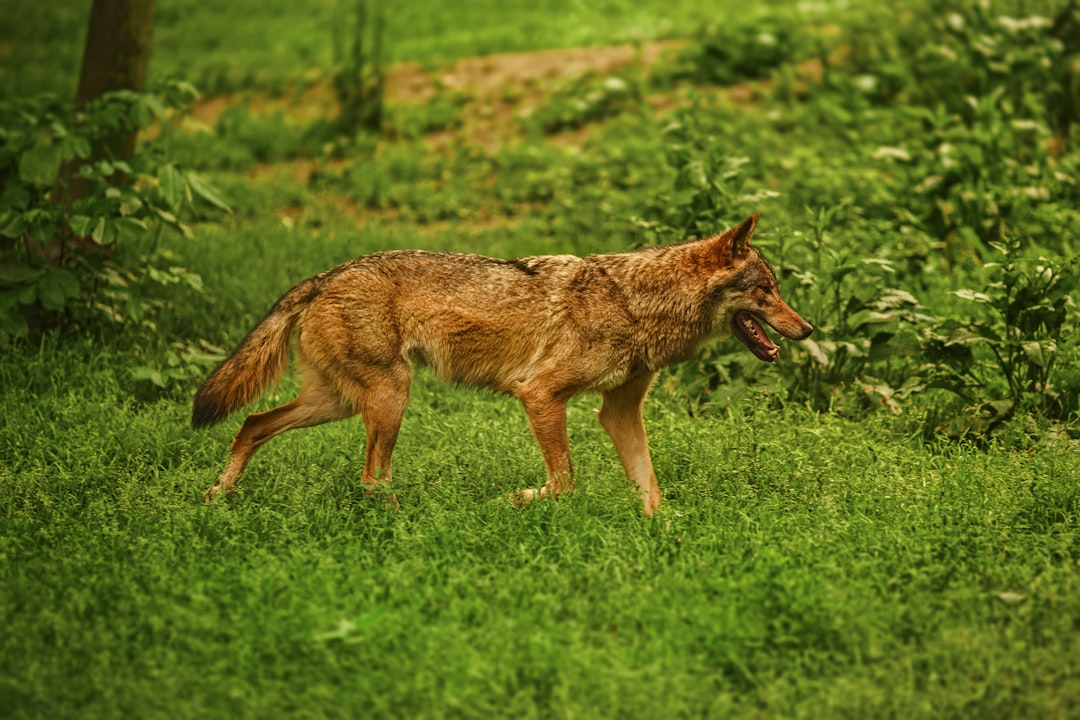What is it about?
A critical challenge in ecology is understanding how communities are assembled. We compared relatedness among species in native and non-native fish communities to test this question, and found that non-native species exhibited higher relatedness compared to native species. Non-natives most closely related to native species were also the most successful at establishing locally. This suggests that communities may be formed by related species with adaptations to the prevailing environment.
Featured Image
Why is it important?
This research informs the management of invasive species, as well as conservation of threatened freshwater fauna. Species that were most invasive at local spatial scales were closely related to the native species, suggesting that endangered fishes may be most threatened by species with similar environmental adaptations. Other similar studies have largely been conducted on terrestrial plants, highlighting the importance of examining mobile species with unique physical and geographic constraints.
Read the Original
This page is a summary of: Fish species introductions provide novel insights into the patterns and drivers of phylogenetic structure in freshwaters, Proceedings of the Royal Society B Biological Sciences, January 2014, Royal Society Publishing,
DOI: 10.1098/rspb.2013.3003.
You can read the full text:
Resources
Contributors
The following have contributed to this page










